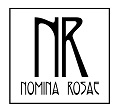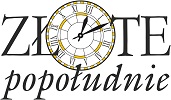“Dramatis personae”, or “who is who?” in the Foundation.
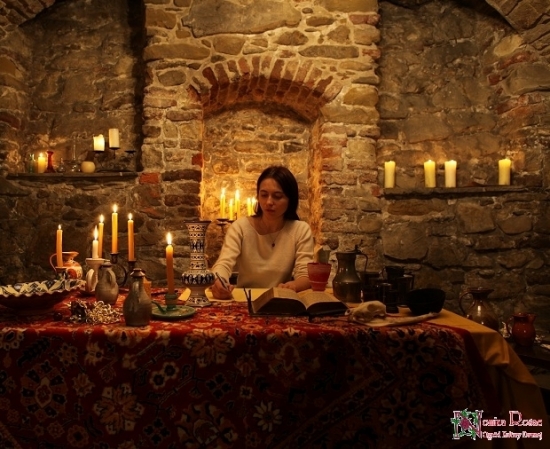
She accomplished her master’s studies in the History Institute of the Jagiellonian University. She studied in France at the University of Orléans within the Sokrates-Erasmus programme, intensively concentrating on the history of clothing and consulting with employees of the Museum of Fashion in Paris. During her master’s studies she also took internship in the national archive in Levoča, Slovakia. Her master’s thesis “Konrad Sperfogel and his Chronicle. Sketches of Levoča’s history” described a picture of urban life of the turn and in the first half of 16th century. During her doctoral studies she took internship in the Textile Department of the National Museum in Kraków, under the supervision of dr Beata Biedrońska-Słotowa. She earned her doctor’s degree thanks to her thesis “Attires of polish royal court in the period of 1447-1572”. She taught a course on the history of medieval clothing in the Institute of History of the Jagiellonian Univeristy. Currently, she gives lectures and leads workshops in the field of costume history for museums and educational institutions. She deals with history of clothing and textiles, with special consideration to the Middle Ages and Renaissance. Se also directs the works of the atelier for historical garments recreation and costume of the Nomina Rosae Foundation.
Publications
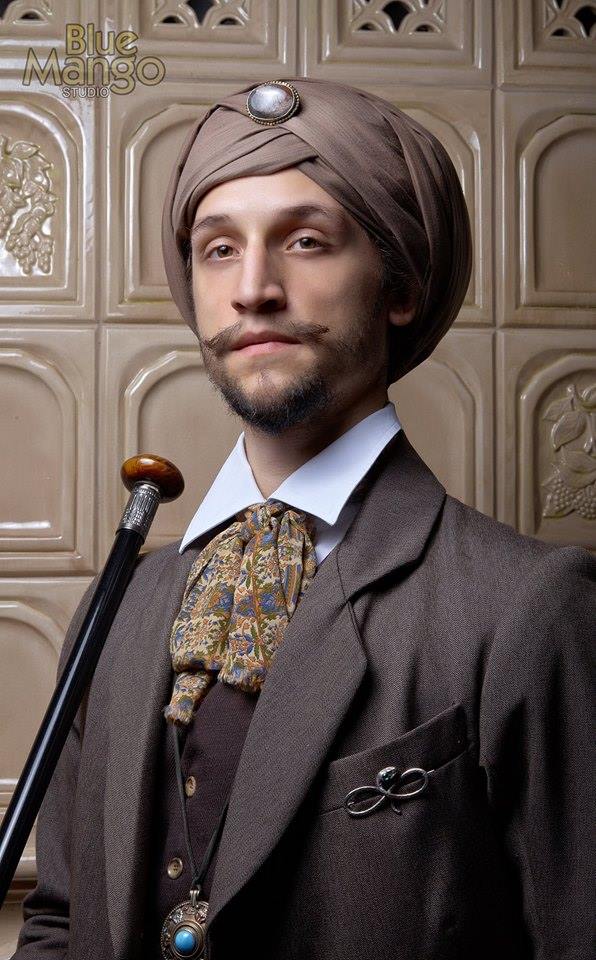
Graduate of linguistic specialization of Russian Philology at Institute of Eastern-slavic Philologies of Jagiellonian Univeristy. Professionally – translator/interpeter and proofreader. Considers himself a Renaissance Man, humanist in its original understanding, constantly strives for unbounded widening of his horizons. His interests include questions of broadly understood culture (music, film, history) and popculture as well as disciplines such as biology, chemistry, geology, anatomy, psychology, sociology, criminology, astronomy or astrophysics. He is mainly concerned with studies of language and translation (he fluently speaks – besides Polish – Russian and English, in a lesser degree German, studies basics of French, Japanese, Spanish, Ukrainian and Hebrew).
Since 2008 he’s a member of the translating team of SLOT Art Festiwal, since 2013 he is the team leader. With Nomina Rosae Foundation since 2010, he works helping organize most of Foundation’s activities, coordinates most of the projects and is actively involved in carrying out almost all of them, additionaly responsible for foreign contacts.
He’s the director of the Golden Afternoon, a stylish 19th-century picnic held by the Foundation every years since 2013 in old palaces and manor houses of Lesser Poland
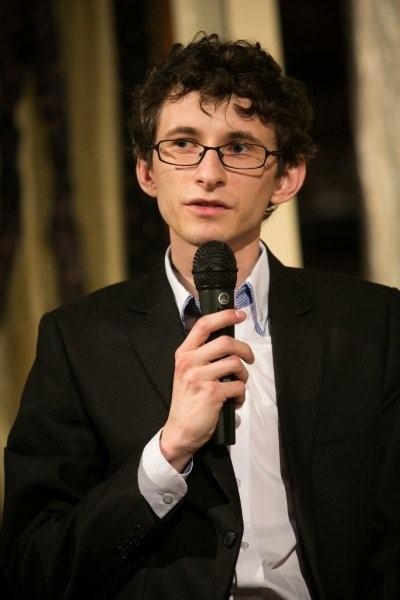
Dr Łukasz Połomski is a graduate of Pedagogical University of Kraków. In 2018 he received a PhD degree in the 19th-century history institue. A teacher by profession. He’s an author of several scientific and popular scientific papers in the regional and all-Polish press. He’s a member of Polish Historical Society in Nowy Sącz. He works with Regional Museum in Nowy Sącz and with Voivodeship Pedagogical Library in organization of educational and scientific conferences. His main interests include the history of Nowy Sącz in galician authonomy period and the inter-war period, the history and culture of minorities: German, Romani and particularily Jewish. For several years he organizes walks in footsteps of Jewish citizens in Nowy Sącz.
Publications
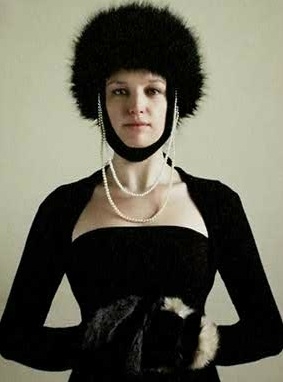
National Higher School of Film, Television and Theatre in Łódź and New York Film Academy Author of more than a dozen of feature and animated shorts, she also tried her hand in documentaries. Her movies took part in numerous Polish and international festivals and received several awards.
Educated in creation of animated movies, she fondly develops her skill in narrative films, sometimes combining those two techniques. She is also occupied with photography, painting, set design, costumes, draws storyboards. She leads workshops and gives lectures on history of clothing, basics of movie-making, 19th-century theatrical costume and movie animation in various cultural institutions, i. a. in the Museum of King Jan III’s Palace in Wilanów, Costumology and Artistic Textile Club in Warsaw, Old Town’s Cultural Centre in Warsaw, Henryk Sienkiewicz’s Museum in Oblęgorek, Cinematography Museum in Łódź, the Higher School of Art and Design in Łódź. She worked as a main set designer during the workshops hosted by Ewa Braun (Oscar laureate) in the Łódź Film School. She collaborates with Helena Modjesa Society in United States for which she has designed and prepared an exhibition in San Juan Capistrano, California during the Helena Modjeska Week.
She eagerly studies history of the fascinating age of steam and electricity, takes pleasure in visiting museums to commune with 19th-century’s masters paintings and with masterpieces of early tailor’s art. Combining both these passions, she creates movies presenting the beauty of early clothing and their exciting history.
Her creative works can be seen at:
Filmography
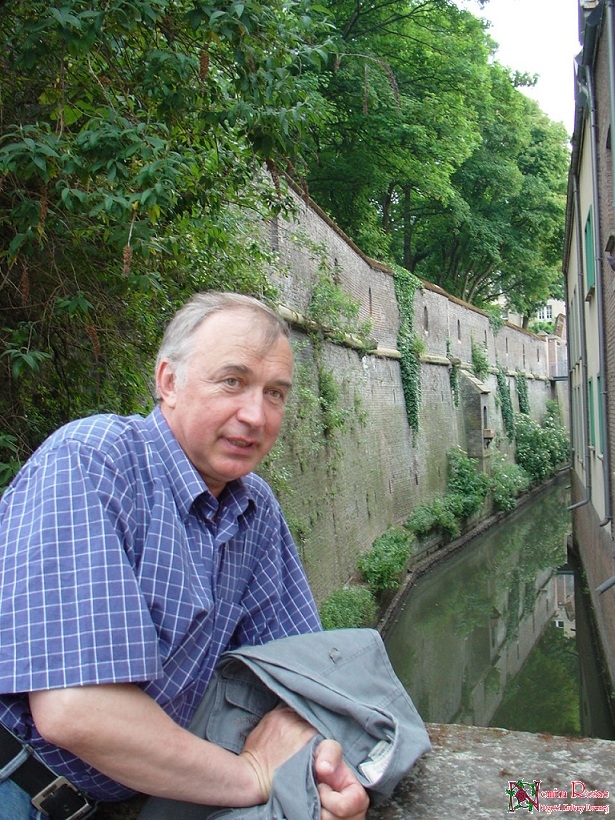
Owner of a Company creating anti-bruglary and anti-fire security systems, CCTV, access control, intelligent building and sun power plants for 30 years. www.molenda.pl
He has completed a course for the designers and fitters of systems, securing historic, museum, sacred and others, keeping public collections of cultural goods, organized by the National Institute of Museology and Collections Protection. His Company has secured i.a ., the Convent of Poor Clares in Stary Sącz, Convent of Sisters of the Immaculate Conception in Nowy Sącz, antique little wooden churches in Dąbrówka (district of Nowy Sącz), in Powroźnik near Krynica, as well as the Abbey of Cistersians in Szczyrzyc and antique objects in the Heritage Park in Nowy Sącz.
Ha has been given, by the POLALARM Nation-wide Association of Producers and Fitters of Alarm Systems, a honorable title of the Pioneer of development of technical protection of property, remarkably meritorious for the socially-professional movement in Poland in years 1980–2000.
Amateur of history and music. Profoundly supports and participates in all of Foundation’s doings.
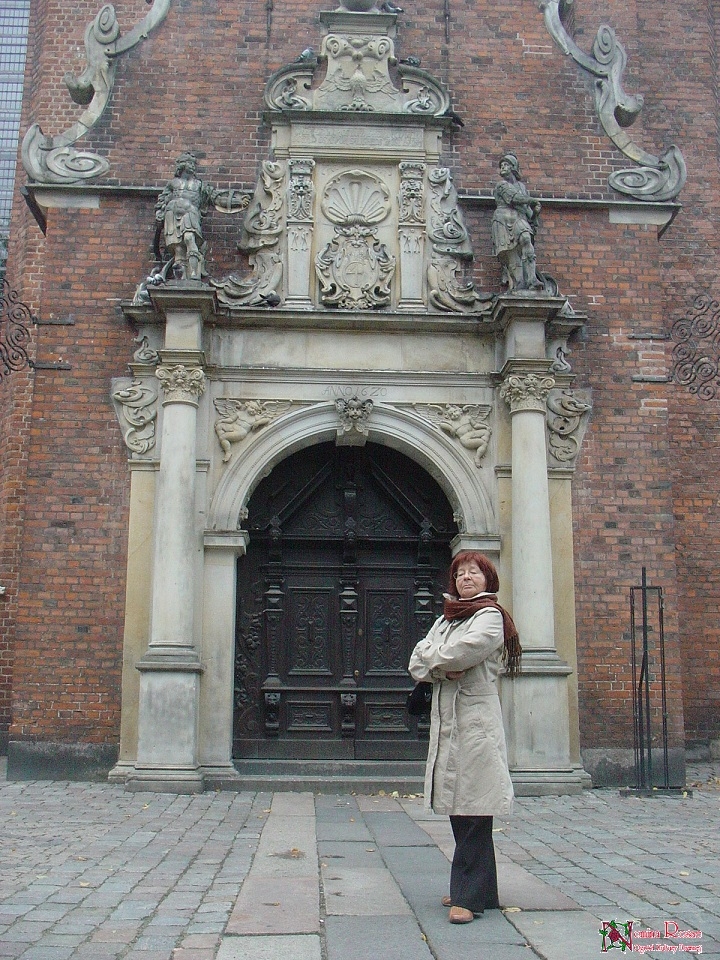
Dr Beata Biedrońska-Słota, an art historitian, a certified curator, member of the Commission on Art History PAU (Polish Academy of Learning); member of the presidium of the Civil Commitee of Kraków Historic Buildings Restoration, member of Costumological Commitee of CCICOM, to 2011 a head of the Textile Department of National Museum in Kraków. She earned her PhD degree thanks to thesis “Persian carpets, so-called Polish. Study of the construction and meaning of ornament in the art of the islam” written under supervision of prof. Lech Kalinowski (1985). Originator and curator of many exceptional exhibitions, i. a.: “Orient in Polish art” (1992), “Polish Armenians. Independence and integration” (2000), “Ethereal beauty. Fans from the collections of National Museum in Kraków” (2001), “After fashion throughout the centuries” (2003), “Sarmatism. Daydreams of grandeur” (2010), “Golden Age of Rzeczpospolita” (2011).
She works with educational institutions, i. a. University of John Paul II in Kraków, Univeristy of Arts in Kraków, School of Technology in Katowice. She is an author of numerous publications, i. a., catalogues of exhibitions (“Catalogue of Turkish carpets from the collections of National Museum in Kraków”, “Catalogue of pPrsian textiles from the collections of NMK”), lexicons (“Lexicon of carpetry”) and books (“After fashion throughout the centuries”, “Polish attire called ‘kontuszowy'” and scientific articles.

